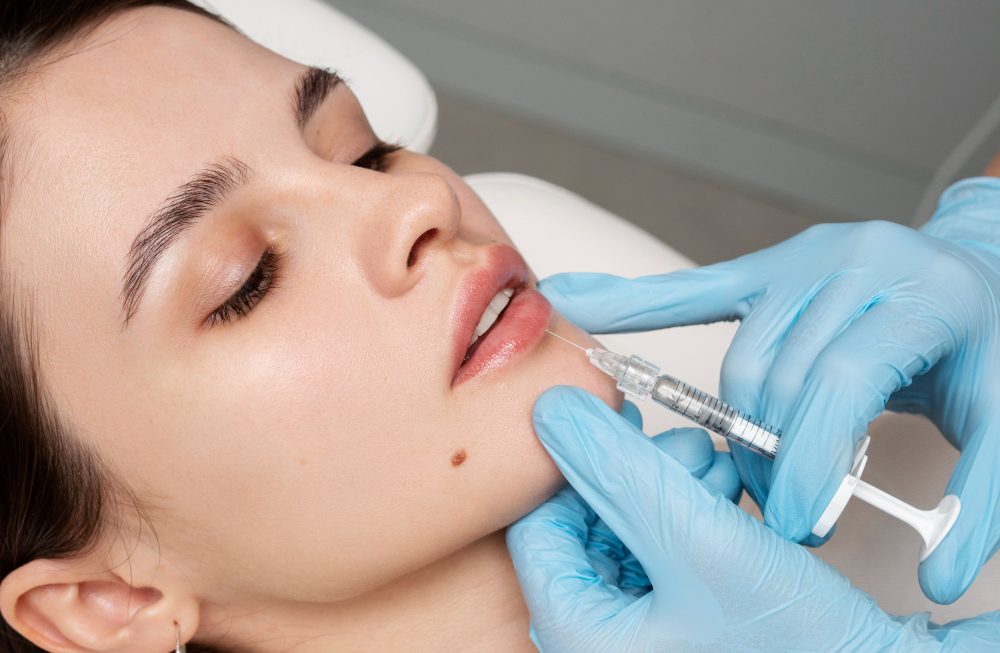Maintaining proper personal hygiene is essential for overall health, well-being, and confidence. From washing hands to brushing teeth, each step in your hygiene routine plays a vital role in preventing the spread of germs, reducing the risk of illness, and promoting a clean and fresh appearance. One fundamental step in practicing correct personal hygiene is often overlooked but holds significant importance in keeping yourself and others healthy and hygienic. Let’s delve into this essential step and explore why it’s crucial for maintaining optimal hygiene standards.
The Foundation of Hygiene
At the core of personal hygiene lies the simple yet powerful act of hand washing. Washing your hands thoroughly with soap and water is one of the most effective ways to remove germs, bacteria, and viruses that can cause illness and infection. Whether you’re preparing food, using the restroom, or coming into contact with surfaces touched by others, proper hand hygiene is essential for preventing the spread of pathogens and maintaining a hygienic environment. Make it a habit to wash your hands regularly throughout the day, especially before eating, after using the restroom, and after coughing or sneezing.
The Gold Standard
When it comes to hand hygiene, using soap and water is the gold standard for effectively removing dirt, grime, and germs from your hands. Soap works by breaking down the lipid membrane of viruses and bacteria, allowing them to be rinsed away with water. Be sure to lather your hands thoroughly with soap, covering all surfaces, including the backs of your hands, between your fingers, and under your nails. Scrub your hands for at least 20 seconds, then rinse them thoroughly with clean water and dry them with a clean towel or air dryer.
A Convenient Alternative
While hand washing with soap and water is preferred, hand sanitizer can serve as a convenient alternative when access to soap and water is limited. Look for hand sanitizers that contain at least 60% alcohol, as lower concentrations may not be as effective at killing germs. Apply a sufficient amount of hand sanitizer to cover all surfaces of your hands, rubbing them together until they feel dry. Remember that hand sanitizer is not a substitute for hand washing and should be used as a supplement to regular hand hygiene practices.
Incorporating Hand Hygiene into Daily Activities
Integrating hand hygiene into your daily activities is essential for maintaining consistent hygiene practices and reducing the risk of illness. Make hand washing a routine part of your daily habits, incorporating it into key moments throughout the day, such as before and after meals, after using the restroom, and after touching surfaces in public places. Encourage children and family members to practice good hand hygiene as well, reinforcing the importance of washing hands regularly to prevent the spread of germs and maintain overall health.
Teaching Proper Hand Washing Techniques
Proper hand washing techniques are crucial for maximizing the effectiveness of hand hygiene and minimizing the risk of infection. Teach children and family members the correct hand washing technique, emphasizing the importance of using soap, lathering thoroughly, and scrubbing for at least 20 seconds. Demonstrate proper hand washing techniques and encourage regular practice to instill good hygiene habits from an early age. Consider using fun and engaging resources, such as songs or videos, to make hand washing enjoyable and memorable for children.
Promoting Hygiene Awareness in the Community
Promoting hygiene awareness in the community is essential for fostering a culture of cleanliness and reducing the spread of infectious diseases. Educate others about the importance of hand hygiene through community outreach programs, educational workshops, and social media campaigns. Encourage businesses, schools, and public facilities to provide access to hand washing facilities and hand sanitizer to promote good hygiene practices among patrons and employees. By working together to promote hygiene awareness, we can create healthier and safer communities for everyone.
Being a Hygiene Role Model
As individuals, we can lead by example and serve as hygiene role models for others in our communities. Practice good hand hygiene consistently and visibly demonstrate proper hand washing techniques to inspire others to follow suit. Encourage friends, family members, and colleagues to prioritize hand hygiene and reinforce the importance of maintaining cleanliness and hygiene in all aspects of daily life. By embodying good hygiene practices and sharing knowledge with others, we can collectively promote a culture of hygiene excellence and contribute to the well-being of society as a whole.



